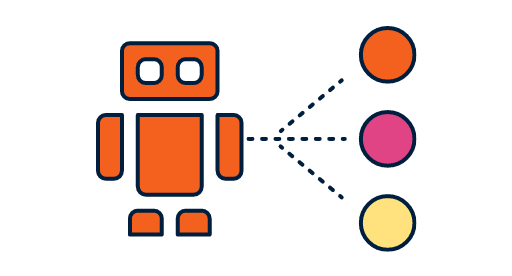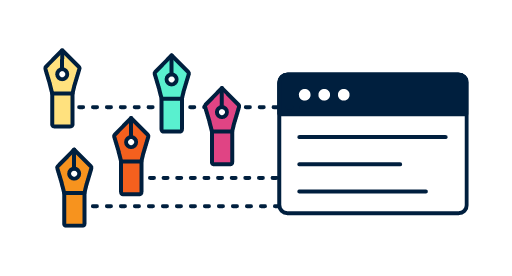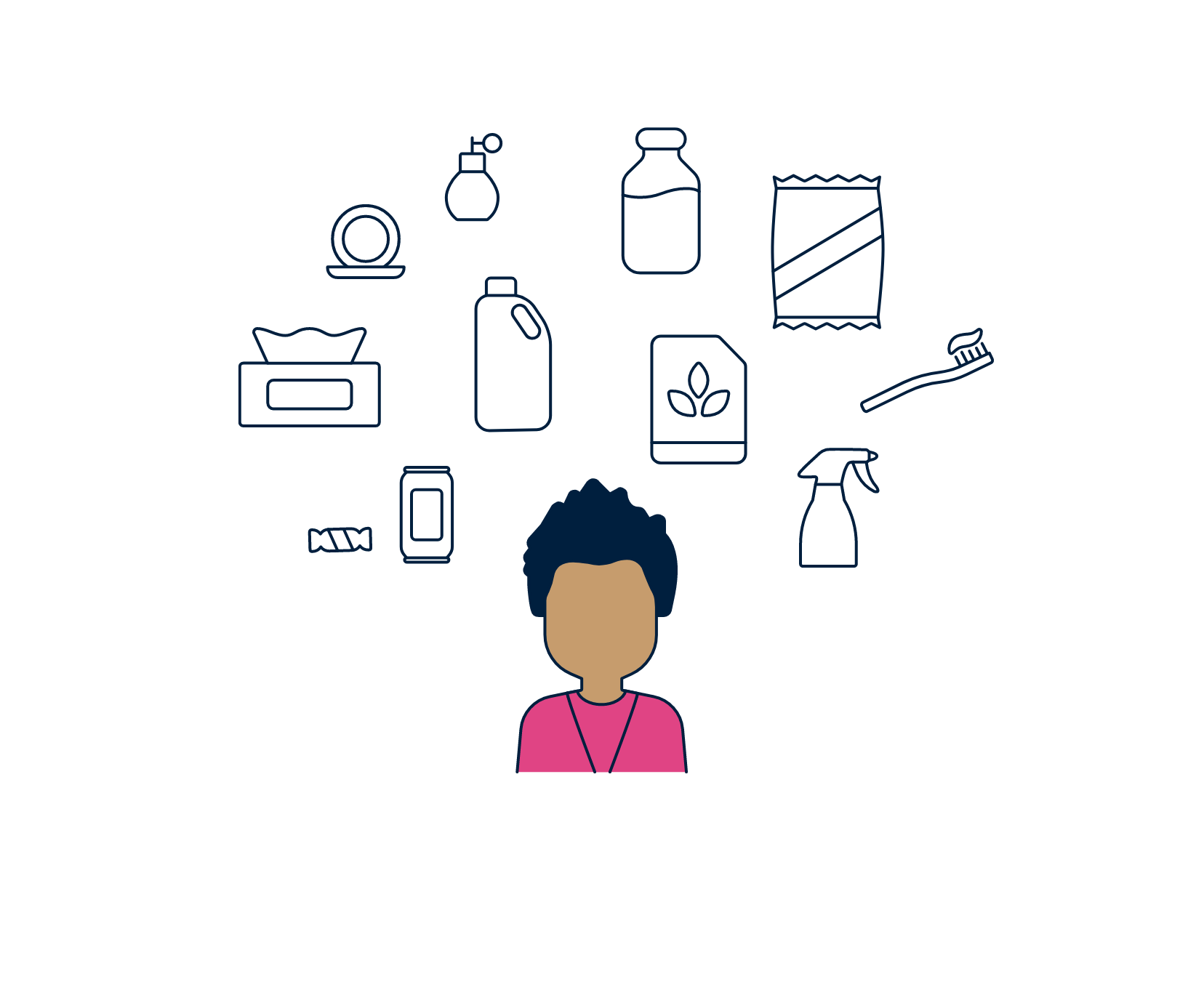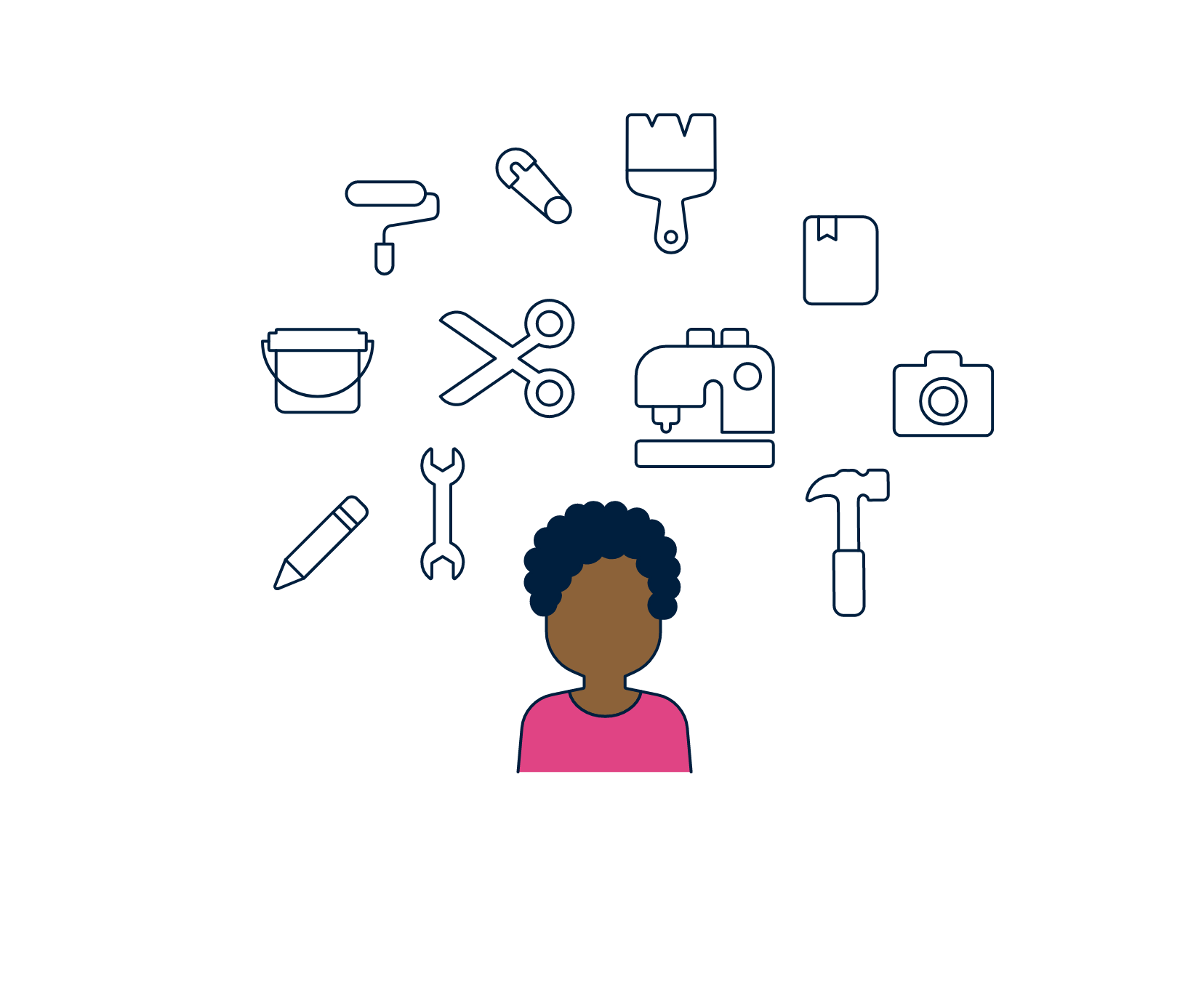The only AI writer built for ecommerce.
Most AI writing tools are stand-alone text generators. Talkoot is an enterprise-grade AI writing platform full of all the automation, collaboration and professional editing tools teams need to create product descriptions at scale.
AI specialized for ecommerce
No special input required
AI models for multiple content types
AI writers for every category
We have a number of smart AI writers trained to write for popular product categories. They’re like having your own personal writing assistant to help with the copy for your volume-drivers, so your team can focus on crafting great stories for your hero products. They won’t get bored writing copy for hundreds of pairs of socks. Or lamps. Or snacks. They love it.
“This writer is super clear about core attributes and the reason to buy.”
– Outerwear Product Manager, Outdoor Research
Build your own custom AI writer
Our custom writers can be trained on your brand voice. They use the data you already have, so no manual data entry is needed. And they employ a combination of different AI models to generate any type of PDP content, including search-optimized titles, product descriptions, and accurate feature benefit bullets.
75%
less time
Copy production time dropped from 8 to 2 weeks using Talkoot and an AI writer
1:1
Brand and product teams approving copy were unable to distinguish between the AI- and human-written product descriptions
#1
choice
The AI writer was the team’s #1 choice in a blind test using active web copy, AI copy, and copy from a new writer
3%
feedback
AI-generated copy received 3% less feedback volume from product and brand teams approving copy
Talkoot pays for itself many times over
OUR CUSTOMERS EXPERIENCE:
4x greater efficiency
40%+ savings on content production
3x reduction in errors
10%+ conversion rate increases
99% on-time copy deliveries
A happy team & more loyal customers











